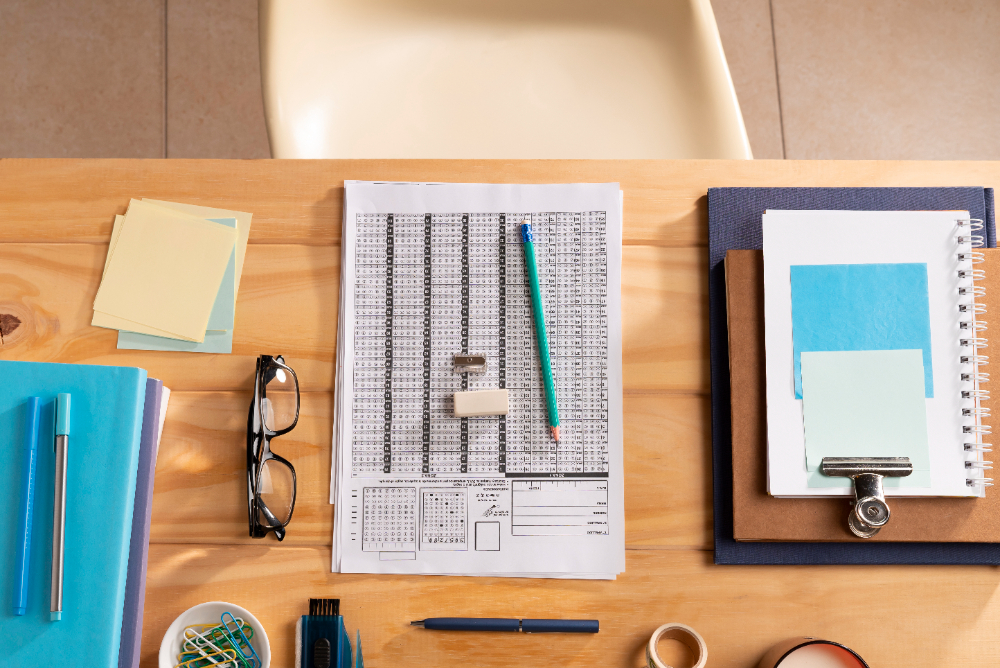Partager
(20 January to 12 September 2020)
Right from the start of the Covid-19 crisis, GEREP set out to study changes in consumption and the behaviour of its insured persons during this health and economic crisis which seems to be never-ending.
As from 23 April 2020, GEREP began to monitor the consumption of medical services in a panel of around 60,000 of its programme beneficiaries. A second and then a third study followed in May and June 2020.
The first three studies had already revealed a drop of almost 90 % in the consumption of medical services at the peak of the lockdown period (confinement) and then a slight upturn. At the time, GEREP had thought that a post-lockdown upturn would look like a “Nike” logo but by section #3 we could see this was not to be the case.
Now, in October, we can view things with sufficient hindsight as our observation period now extends to 34 weeks. This fourth study should confirm whether consumption post-lockdown has picked up and is back to normal, or not.
As in previous editions our observations were directed principally at consultations, optical frames, dentures and finally across-the-board medical treatment as a whole.
Main conclusions as to the “consumption” impact on complementary “second tier” health insurance
A net drop in healthcare benefits: -19% over the period studied (20 January to 12 September 2020) compared to 2019.
Although we saw an immediate uptake in consumption of medical services post-lockdown, services that could not be carried out during lockdown have been lost for 2020.
In the end, at portfolio level, if we look at all treatment categories, it is evident that the fall in consumption during lockdown has not been made up and consumption will likely not reach 2019 levels.
Situation varies depending on expense type
1. Optical sector: -39% over the period studied (20 January to 12 September 2020) compared to 2019
An initial drop, linked directly to introduction of the so-called “100% Healthcare” reform, was seen at first (-35 % on average) before the very sharp drop of 85 % in consumption during confinement. The start of the year for the optical sector was marked by the introduction of price capping on optical appliances following the “100% Healthcare” reform.
The study shows that consumption definitely picked up but was “masked” by the impact of the €100 price ceiling ( 13% over the period). Finally, taking the case of optical frames, a high “underwriting surplus” is expected for 2020 compared to expenses seen in 2019.
Forecast: we can expect a surplus for the year of 20% to 25% in this category compared to 2019.
2. Dental: -12 % over the period studied (20 January to 12 September 2020) compared to 2019.
As early as January and contrary to optical frames, implementation of the “100 % Healthcare” reform, which takes into account the position of the tooth and the material used for a denture, has in fact tended to increase reimbursement volumes this year. Before lockdown, we were seeing an increase of 2%. The confinement period, with dental practices closed, had reduced consumption to practically zero. Here also, consumption has definitely picked up, contrary to the trend in optical frames, even though not back to normal. We can reasonably expect that this will be one of the rare categories where pick-up is practically total.
3. Consultations (GPs and specialists): -18 % over the period studied (20 January to 12 September 2020) compared to 2019.
Doctor consultations are worth looking at because, contrary to the other two categories, optical and dental, a comparison for this category between 2020 payouts and 2019 will not have been impacted by “100% healthcare”.
- The figure of +1% for the period prior to lockdown is in line with classic medical inflation.
- The “lockdown” figure of -53% is still not as sharp as for optical frames and dentures. For an explanation you need to take a look at teleconsultations. These worked well during lockdown and are now widespread both for Social Security (1st tier) and complementary (2nd tier) healthcare.
- In fact, the “post-lockdown” figure includes a partial pick-up (-8%) in that:
- Urgent and necessary consultations could take place during lockdown.
- “Total” pick-up in consultation numbers would seem fairly incoherent given that postponement of consultations that were cancelled is not always on.
- Urgent and necessary consultations could take place during lockdown.
Other impacts
In addition to the effects of lockdown on the consumption of medical services, there are other factors that could have an impact on systems in 2021:
-
- The Covid-19 tax levy: this is a measure set out in the parliamentary finance bill for Social Security (in short PLFSS 2021) which provides for an initial rate of 2.6 % followed by 1.3 % in 2021 (i.e. 3.9% over 2 years).
-
- Unpaid contributions: Gerep has been monitoring the payment of contributions in 2020 during Q1 and Q2, heavily impacted by lockdown. The state of the economy has meant that companies have had trouble collecting revenues thereby creating difficulties in contribution payments. In addition, some companies may have postponed payment of contributions in the expectation of government measures.
-
- Finally, given that Covid-19 collateral damage for employees can be job loss, we are expecting a sharp increase in portability of insurance cover over the coming months. Even though the impact of portability would seem limited – it is free for insured persons and the employer – the coming effect on insurance programmes will be sinister. This is because an increase in the number of beneficiaries not paying contributions results in a deterioration in underwriting results for that year. This could lead to a fall in the “social” performance of the system (increased contributions and/or reduced benefits) which would make the system less attractive.

Article écrit par
Margaux Vieillard-Baron

 Damien Vieillard-Baron
Damien Vieillard-Baron

 Margaux Vieillard-Baron
Margaux Vieillard-Baron

 Amadou Kasse
Amadou Kasse



 Estelle Baldereschi
Estelle Baldereschi